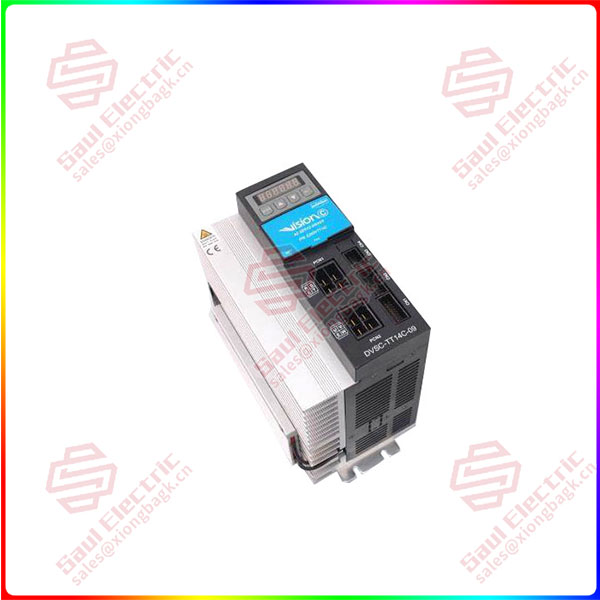In recent years, the scientific value and industrial value of the life science industry have become increasingly prominent, and have entered a period of rapid development, at the same time, risks and challenges have also surfaced: With the world’s rapidly growing elderly population, increasing life expectancy, and declining mortality rates, companies in the life sciences industry are required to meet the growing health needs of people while ensuring that they have access to the medicines they need at affordable prices.
Today, Schneider Electric, a global expert in digital transformation in the field of energy management and automation, released an industry white paper entitled “A New Generation of Intelligent Facilities for the Life Science Industry: Transforming Five Industry Risks into Opportunities”, pointing out the five development risks lurking in the production and operation of the industry in the digital era, and put forward feasible and customized industry solutions.
Risk 1: Ensure safe and compliant production environment and conditions

DVSC-TT-14C-09
For producers in the life sciences industry, maintaining compliant production environmental conditions over time is key to ensuring consistent product quality. In order to meet the requirements of the production regulations, the plant’s control system must be flexible when dealing with the dual challenges of changing production conditions and maintaining GMP parameters. The substandard production environment caused by untimely response will not only affect the production and listing of products, but also increase the risk of product recall, increase energy and cost, and affect the reputation of enterprises. In addition, the production process involving some toxic chemicals can even threaten the lives of workers.
Schneider Electric’s advanced analytics capabilities based on the EcoStruxure™ platform provide continuous real-time monitoring of production equipment. With the introduction of artificial intelligence (AI) technology, the platform also enables real-time performance analysis of production equipment, forming a coherent maintenance mechanism to prevent problems during the production process. Schneider Electric’s BMS Building management system and EMS environmental monitoring system solutions provide an open, secure and scalable architecture that significantly improves operational efficiency.
BMS building control system: to control the industrial air conditioning unit, according to the different actual conditions in summer and winter, to achieve the stable control of the entire pharmaceutical factory storage environment and drug production environment.
EMS environmental monitoring system: Monitor the key production areas and equipment environment, real-time view the environmental temperature, humidity and environmental pressure difference of the drug production area, and achieve the data integrity of the production environment record.
 1 Year Warranty
1 Year Warranty





